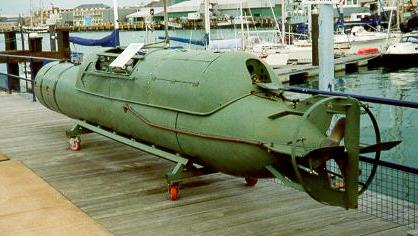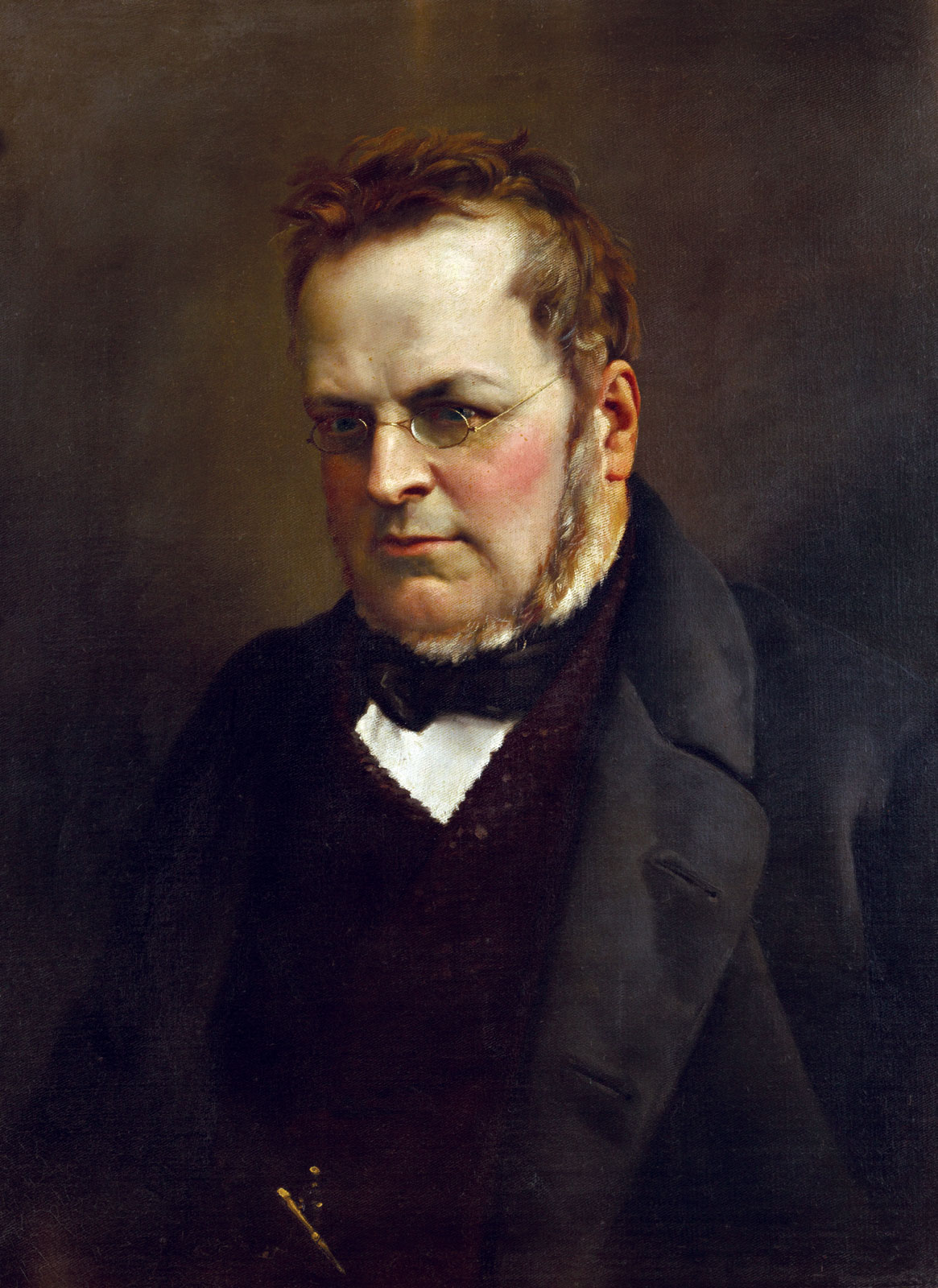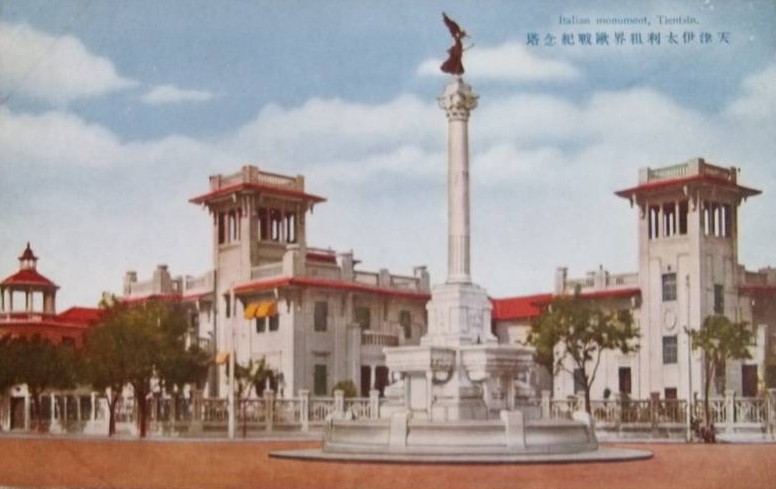|
Vittorio Moccagatta
Vittorio Moccagatta ( Bologna, 11 November 1903 – Malta, 26 July 1941) was an Italian naval officer during World War II. He commanded the Decima Flottiglia MAS, the special operations unit of the Royal Italian Navy, from September 1940 until his death in action on 26 July 1941. Biography After attending the Royal Naval Academy of Livorno, he graduated as ensign in 1922, being promoted to sub-lieutenant on the following year. Three years later, after serving on MAS boats, he was promoted to lieutenant and embarked on the destroyer ''Insidioso'' and later on the submarine ''Ciro Menotti'', of which he assumed command. During the Spanish Civil War he carried out submarine patrols in support of the Francoist, sinking the Republican supply ship ''Delfin'' on January 31, 1937. For his activity during the Spanish Civil War he was awarded a Silver Medal of Military Valor; in April 1937 he was given command of the detachment of the San Marco Regiment stationed in the Ital ... [...More Info...] [...Related Items...] OR: [Wikipedia] [Google] [Baidu] |
Bologna
Bologna (, , ; egl, label= Emilian, Bulåggna ; lat, Bononia) is the capital and largest city of the Emilia-Romagna region in Northern Italy. It is the seventh most populous city in Italy with about 400,000 inhabitants and 150 different nationalities. Its metropolitan area is home to more than 1,000,000 people. It is known as the Fat City for its rich cuisine, and the Red City for its Spanish-style red tiled rooftops and, more recently, its leftist politics. It is also called the Learned City because it is home to the oldest university in the world. Originally Etruscan, the city has been an important urban center for centuries, first under the Etruscans (who called it ''Felsina''), then under the Celts as ''Bona'', later under the Romans (''Bonōnia''), then again in the Middle Ages, as a free municipality and later ''signoria'', when it was among the largest European cities by population. Famous for its towers, churches and lengthy porticoes, Bologna has a well-preserved ... [...More Info...] [...Related Items...] OR: [Wikipedia] [Google] [Baidu] |
Sub-lieutenant
Sub-lieutenant is usually a junior officer rank, used in armies, navies and air forces. In most armies, sub-lieutenant is the lowest officer rank. However, in Brazil, it is the highest non-commissioned rank, and in Spain, it is the second highest non-commissioned rank. As a naval rank, a sub-lieutenant usually ranks below a lieutenant. Armies and air force rank In France, a sub-lieutenant () is the junior commissioned officer in the army or the air force. He wears a band in the colour of his corps (e.g. gold for infantry, silver for armoured cavalry, etc.). During the 18th century a rank of existed in the French Navy. It was the equivalent of the master's mate rank of the Royal Navy. It is now replaced by the rank of "first ensign" (). An Argentinian sub-lieutenant wears a single silver sun on each shoulder, Brazilian sub-lieutenants are the most senior non-commissioned rank (called Sub-Officer in the Navy and Air force), wearing a golden lozenge. In Mexico, the sub-lieute ... [...More Info...] [...Related Items...] OR: [Wikipedia] [Google] [Baidu] |
Manned Torpedo
Human torpedoes or manned torpedoes are a type of diver propulsion vehicle on which the diver rides, generally in a seated position behind a fairing. They were used as secret naval weapons in World War II. The basic concept is still in use. The name was commonly used to refer to the weapons that Italy, and later (with a larger version) Britain, deployed in the Mediterranean and used to attack ships in enemy harbors. The human torpedo concept has occasionally been used by recreational divers, although this use is closer to midget submarines. History of common wartime models The concept of a small, manned submarine carrying a bomb was developed and patented by a British naval officer in 1909, but was never used during the First World War. The Italian Navy experimented with a primitive tiny sub (Mignatta) carrying two men and a limpet mine: this craft successfully sank Austro-Hungarian battleship SMS ''Viribus Unitis'' on 1 November 1918. The first truly practical human to ... [...More Info...] [...Related Items...] OR: [Wikipedia] [Google] [Baidu] |
Italian Submarine Gondar
Italian submarine ''Gondar'' was an built for the Royal Italian Navy (''Regia Marina'') during the 1930s. It was named after a city of Gondar in northern Ethiopia. Design and description The ''Adua''-class submarines were essentially repeats of the preceding . They displaced surfaced and submerged. The submarines were long, had a beam of and a draft of .Chesneau, pp. 309–10 For surface running, the boats were powered by two diesel engines, each driving one propeller shaft. When submerged each propeller was driven by a electric motor. They could reach on the surface and underwater. On the surface, the ''Adua'' class had a range of at , submerged, they had a range of at .Bagnasco, p. 154 The boats were armed with six internal torpedo tubes, four in the bow and two in the stern. One reload torpedo was carried for each tube, for a total of twelve. They were also armed with one deck gun for combat on the surface. The light anti-aircraft armament consisted of one or tw ... [...More Info...] [...Related Items...] OR: [Wikipedia] [Google] [Baidu] |
Mario Giorgini
Mario Giorgini (Massa, 19 March 1900 – Florence, 23 January 1977) was an Italian naval officer during World War II. He commanded the ''I Flottiglia MAS'' (later renamed Decima Flottiglia MAS), the special operations unit of the Royal Italian Navy, from February 1940 until his capture during an attempt to carry out a manned torpedo raid on Alexandria in September of the same year. After the war he became an admiral in the Marina Militare. Biography Giorgini was born in Massa from Vittorio Giorgini and Florence Rochat, and entered the Naval Academy of Livorno in 1914, graduating with the rank of ensign in 1920. In March 1923 he married Fiorenza Corsi, from whom he had a son, Gian Giorgio (Dido). In 1934 he was promoted to Lieutenant Commander, and later to Commander. On 24 February 1940, replacing his colleague Paolo Aloisi, he was appointed commander of the 1st MAS Flotilla, later briefly called the Special MAS Flotilla, the special operations unit of the Regia Marin ... [...More Info...] [...Related Items...] OR: [Wikipedia] [Google] [Baidu] |
Regia Marina
The ''Regia Marina'' (; ) was the navy of the Kingdom of Italy (''Regno d'Italia'') from 1861 to 1946. In 1946, with the Italian constitutional referendum, 1946, birth of the Italian Republic (''Repubblica Italiana''), the ''Regia Marina'' changed its name to ''Marina Militare'' ("Military Navy"). Origins The ''Regia Marina'' was established on 17 March 1861 following the proclamation of the formation of the Kingdom of Italy (1861–1946), Kingdom of Italy. Just as the Kingdom was a unification of various states in the Italian Peninsula, Italian peninsula, so the ''Regia Marina'' was formed from the navies of those states, though the main constituents were the Real Marina (Kingdom of the Two Sicilies), navies of the former kingdoms of Kingdom of Sardinia, Sardinia and Kingdom of Naples, Naples. The new Navy inherited a substantial number of ships, both sail- and steam-powered, and the long naval traditions of its constituents, especially those of Sardinia and Naples, but also ... [...More Info...] [...Related Items...] OR: [Wikipedia] [Google] [Baidu] |
Italian Minister Of The Navy
The Italian Minister of the Navy ( it, Ministri della Marina del Regno) was a member in the Council Ministers until 1947, when the ministry merged into the Ministry of Defence {{unsourced, date=February 2021 A ministry of defence or defense (see spelling differences), also known as a department of defence or defense, is an often-used name for the part of a government responsible for matters of defence, found in states .... The last Minister of Navy was Giuseppe Micheli, who served in the government of Alcide De Gasperi.Presidential Decree n. 17 on February 4, 1947. List of Ministers Kingdom of Italy ; Parties * * * * ; Governments: Republic of Italy References {{Council of Ministers of Italy Navy 1861 establishments in Italy ... [...More Info...] [...Related Items...] OR: [Wikipedia] [Google] [Baidu] |
Italian Concession Of Tientsin
The Italian concession of Tianjin (, it, Concessione italiana di Tientsin) was a small territory ( concession) in central Tianjin (formerly romanized as Tientsin), China, controlled by the Kingdom of Italy between 1901 and 1943, officially ceded to China in 1947. Characteristics On 7 September 1901, Italy was granted a concession of 46 hectares in Tientsin from the Chinese government. On 7 June 1902, the Italians took control of the concession, which was to be administered by an Italian consul. After the First World War, Italy desired to add the former Austro-Hungarian concession which was adjacent to the Italian concession, and would have doubled its size. However, in 1917 China terminated the leases of Germany and Austria-Hungary's concessions. The districts were converted into "Special Areas" under Chinese control, with a separate administration from the rest of Tientsin. Italy requested again the Austrian concession at the end of First World War and obtained it in 19 ... [...More Info...] [...Related Items...] OR: [Wikipedia] [Google] [Baidu] |
San Marco Regiment
The 1st San Marco Regiment (Italian: ''1° Reggimento San Marco''), located in Brindisi, is an amphibious formation of the Italian Navy. They are the Italian marines. Until the middle of the 1990s the unit was known as the San Marco Battalion (''Battaglione San Marco''), until it was expanded beyond battalion size because of the new geopolitical situation after the end of the Cold War and an increasing number of international missions, after as the ''San Marco Regiment''. In 2013 it became part of the San Marco Marine Brigade as 1st San Marco Regiment. History Marines of Italy was created as ''Fanti da Mar'' in 1550 in the Republic of Venice. The San Marco Regiment traces its history back to the La Marina Regiment, formed in 1713. During the Wars of Italian Independence the Italian Marines were known as the Fanteria Real Marina, units of specially selected sailors who were skilled marksmen. The regiment also played an important role in Peking during the Boxer Rebellion and in ... [...More Info...] [...Related Items...] OR: [Wikipedia] [Google] [Baidu] |
Second Spanish Republic
The Spanish Republic (), commonly known as the Second Spanish Republic (), was the form of government in Spain from 1931 to 1939. The Republic was proclaimed on 14 April 1931, after the deposition of Alfonso XIII, King Alfonso XIII, and was dissolved on 1 April 1939 after surrendering in the Spanish Civil War to the Nationalist faction (Spanish Civil War), Nationalists led by General Francisco Franco. After the proclamation of the Republic, Provisional Government of the Second Spanish Republic, a provisional government was established until December 1931, at which time the Spanish Constitution of 1931, 1931 Constitution was approved. During this time and the subsequent two years of constitutional government, known as the First Biennium, Reformist Biennium, Manuel Azaña's executive initiated numerous reforms to what in their view would modernize the country. In 1932 the Jesuits, who were in charge of the best schools throughout the country, were banned and had all their propert ... [...More Info...] [...Related Items...] OR: [Wikipedia] [Google] [Baidu] |
Francoist
Francoist Spain ( es, España franquista), or the Francoist dictatorship (), was the period of Spanish history between 1939 and 1975, when Francisco Franco ruled Spain after the Spanish Civil War with the title . After his death in 1975, Spanish transition to democracy, Spain transitioned into a democracy. During this time period, Spain was officially known as the Spanish State (). The nature of the regime evolved and changed during its existence. Months after the start of the Spanish Civil War in July 1936, Franco emerged as the dominant rebel military leader and was proclaimed head of state on 1 October 1936, ruling a dictatorship over the territory controlled by the Nationalist faction (Spanish Civil War), Nationalist faction. The Unification Decree (Spain, 1937), 1937 Unification Decree, which merged all parties supporting the rebel side, led to Nationalist Spain becoming a single-party regime under the FET y de las JONS. The end of the war in 1939 brought the extension of ... [...More Info...] [...Related Items...] OR: [Wikipedia] [Google] [Baidu] |
Submarine
A submarine (or sub) is a watercraft capable of independent operation underwater. It differs from a submersible, which has more limited underwater capability. The term is also sometimes used historically or colloquially to refer to remotely operated vehicles and Autonomous underwater vehicle, robots, as well as medium-sized or smaller vessels, such as the midget submarine and the wet sub. Submarines are referred to as ''boats'' rather than ''ships'' irrespective of their size. Although experimental submarines had been built earlier, submarine design took off during the 19th century, and they were adopted by several navies. They were first widely used during World War I (1914–1918), and are now used in many navy, navies, large and small. Military uses include attacking enemy surface ships (merchant and military) or other submarines, and for aircraft carrier protection, Blockade runner, blockade running, Ballistic missile submarine, nuclear deterrence, reconnaissance, conventio ... [...More Info...] [...Related Items...] OR: [Wikipedia] [Google] [Baidu] |






